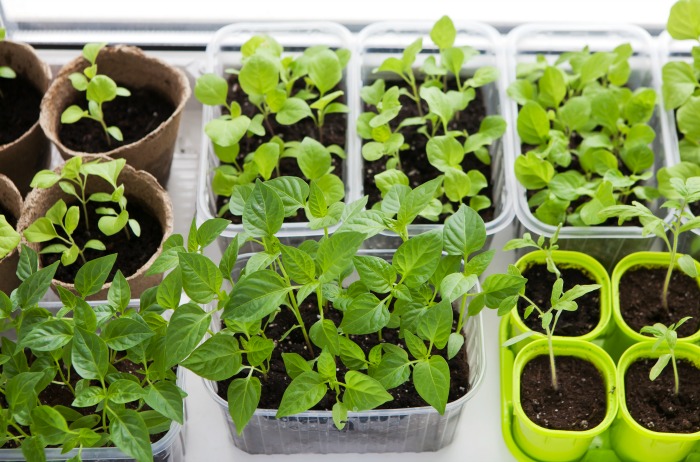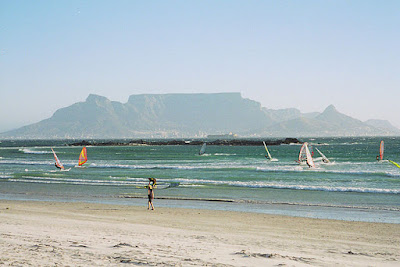Screw the people of Flint, or so goes the mantra of the Michigan Department of Environmental Quality (MDEQ), which last month approved a controversial permit that will allow Nestlé to pump and bottle 400 gallons of fresh water per minute from the state’s White Pine Springs, near the Osceola Township. Meanwhile, back in Flint, residents still aren’t buying the Governor’s bullshit that their water is safe to drink.
The privatization of the public’s water is only becoming more prevalent as reservoirs dry up around the globe. Bottled water sales have skyrocketed in the last ten years while access to fresh, affordable H20 has decreased. In places like Cape Town, South Africa, which is in the midst of a dire water shortage, it’s not just climate change that’s making the city quench for thirst — the impoverished can’t afford private water but residents with money are able to subsidize their meager rations.
“Many of the rich own water-bottling companies, they can afford to buy water,” Ebrahiem Fourie of the Cape Town Housing Assembly recently told journalist Dahr Jamail. “The available ground water [springs] are usually in affluent areas, which makes them easy to access, and with the current water restrictions the rich have cars to load their water.”
Mega-corporations like Coca-Cola and Nestlé may seem like a nice solution for communities that don’t have access to clean drinking water. Their water is potable, portable and generally safe. However, as we are witnessing in Cape Town, private companies in the water business cater to those with cash. The poor are left out to dry. Deals like Nestlé is scoring in Michigan won’t fix the water problem in Flint — which is one of the poorest communities in the nation — it will likely exacerbate it.
…click on the above link to read the rest of the article…


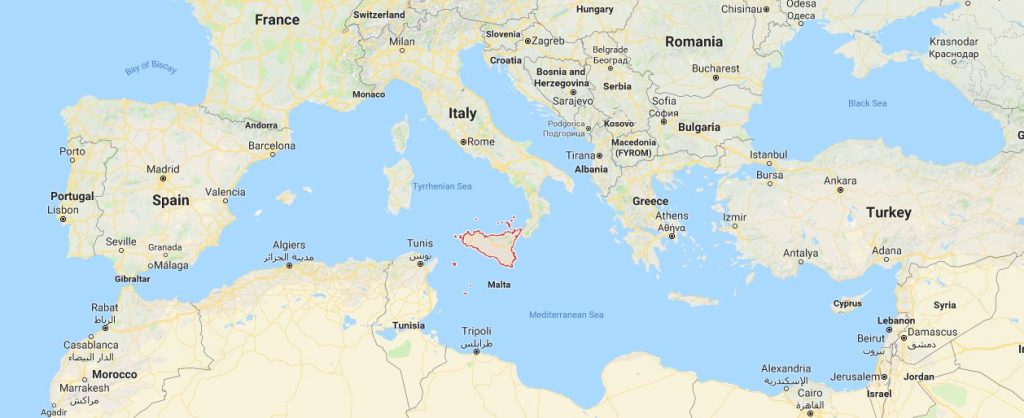




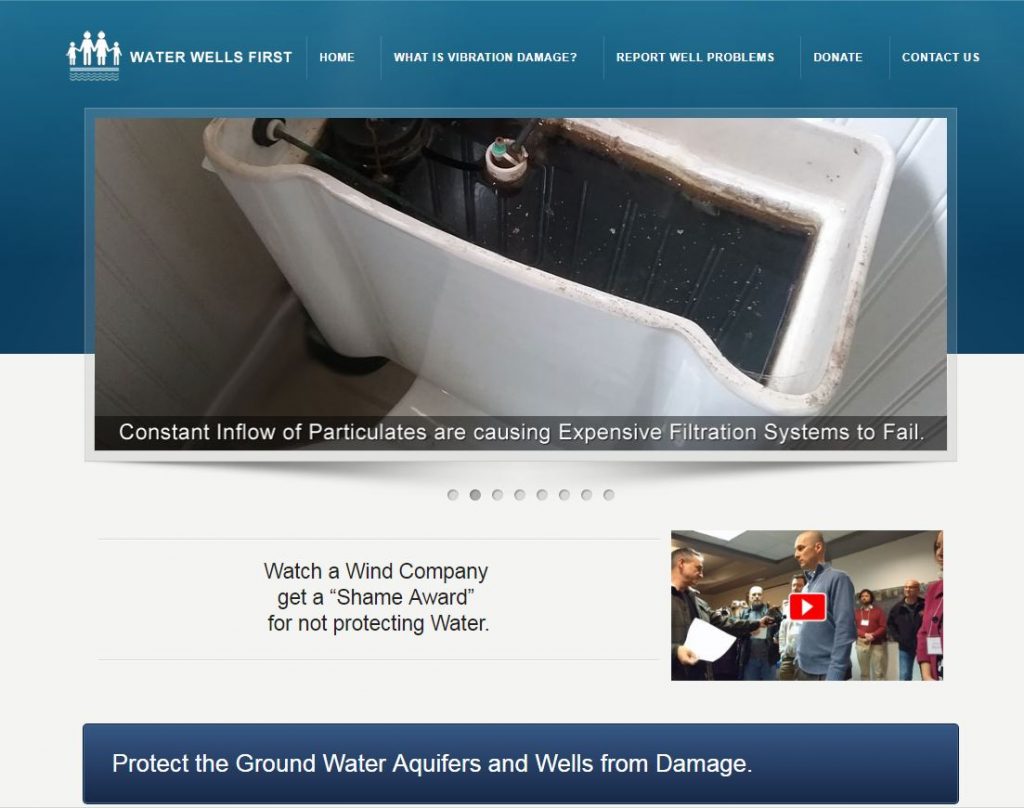
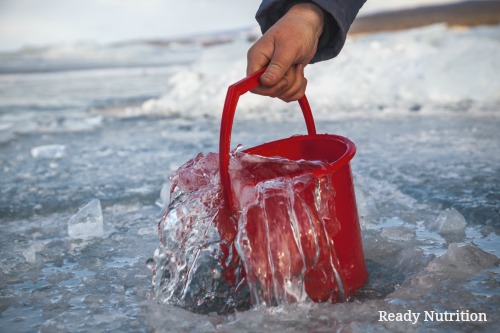



 A friend in Puerto Rico, Jennifer, tells me that her town has been on a boil notice for 5 1/2 MONTHS following Hurricanes Irma and Maria. Yep, you read that right. Five and a half months. That’s almost 170 days without clean running water. She could probably teach a college course on how to survive a boil notice!
A friend in Puerto Rico, Jennifer, tells me that her town has been on a boil notice for 5 1/2 MONTHS following Hurricanes Irma and Maria. Yep, you read that right. Five and a half months. That’s almost 170 days without clean running water. She could probably teach a college course on how to survive a boil notice!